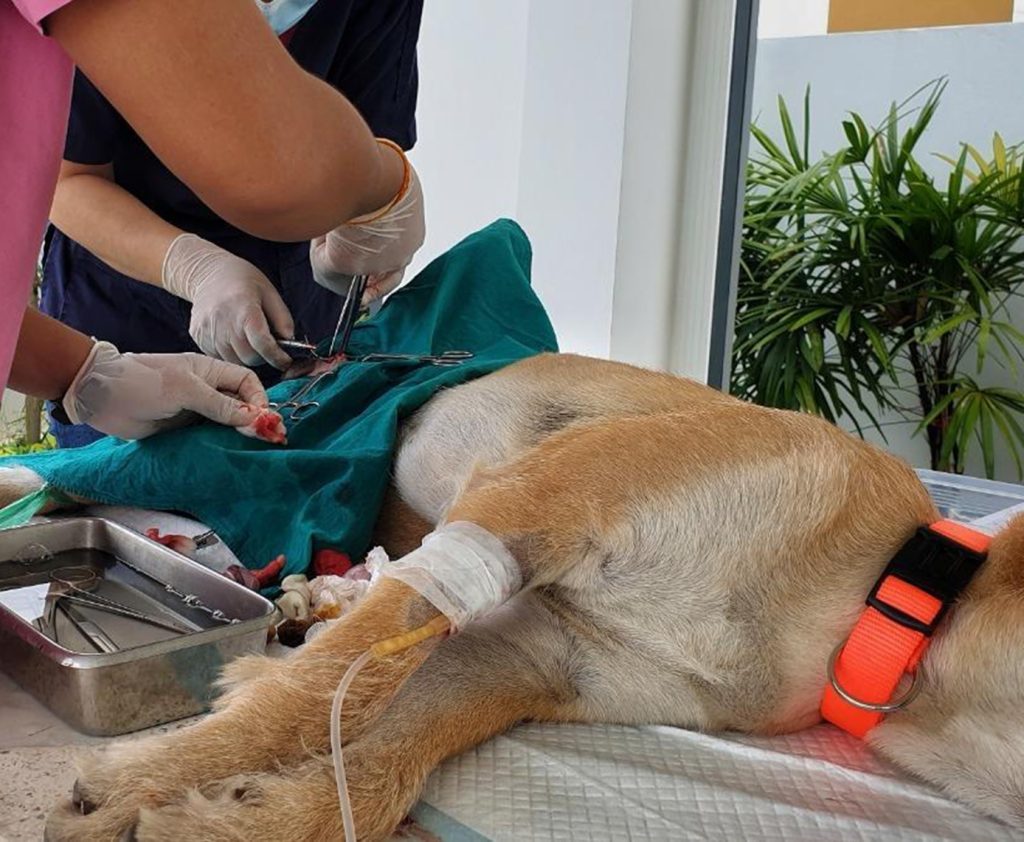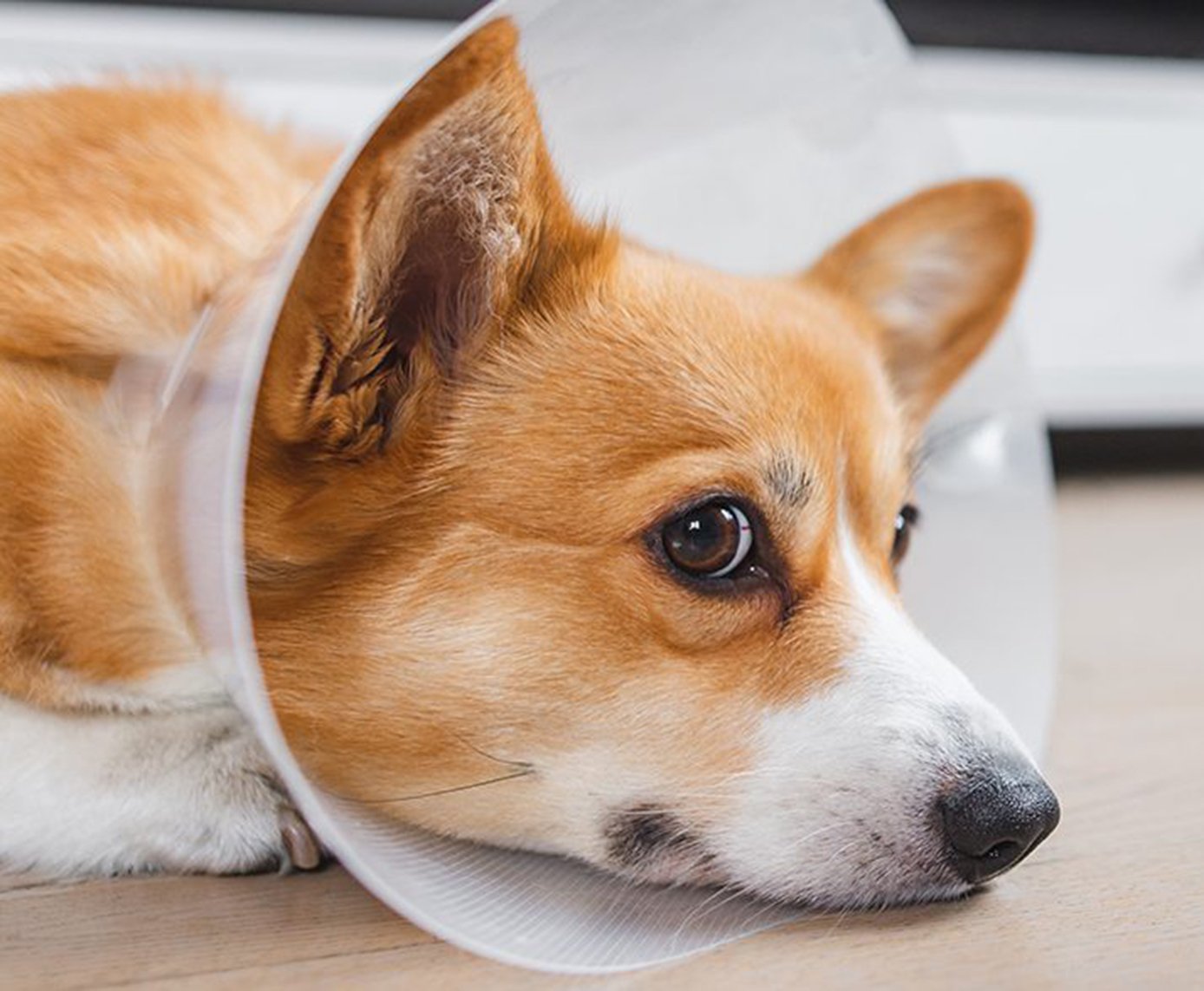One of the most important decisions we make is whether or not to spay or neuter our pets. The decision can be a complex one, involving a number of factors such as health, behavior, and the overall well-being of the animal. Spaying and neutering are common practices that prevent unwanted pregnancies, reduce the number of stray animals, and even benefit your pet’s health and behavior. However, there are both pros and cons to consider before making this decision.
We will explore the key benefits and potential drawbacks of spaying and neutering your pets, provide helpful advice on how to care for your pet after the procedure, and recommend products and platforms where you can learn more and purchase pet care items related to the process.
What is Spaying and Neutering?
Before diving into the pros and cons, it’s important to understand exactly what spaying and neutering mean:
- Spaying refers to the surgical removal of a female animal’s ovaries and uterus. This is a common procedure for female dogs and cats to prevent pregnancy.
- Neutering is the term used for the sterilization of male animals, typically through the removal of the testes. This is also a standard procedure for male dogs and cats.
Pros of Spaying and Neutering Your Pet
There are numerous advantages to spaying and neutering your pet, both for their health and for the wider community:
1. Health Benefits
- Prevention of Reproductive-Related Cancers: Spaying female pets eliminates the risk of ovarian and uterine cancers. It also drastically reduces the chance of mammary gland cancer, especially if performed before the pet goes into heat.
- Reduction in Prostate Issues for Males: Neutering male pets eliminates the risk of testicular cancer and can help prevent prostate problems, which are common in older, unneutered male pets.
- Fewer Health Complications: Pets that have been spayed or neutered are generally healthier overall. Neutered pets tend to live longer lives and experience fewer reproductive health issues throughout their lives.
2. Behavior and Training Benefits
- Reduced Aggression and Marking: Neutering male pets can lead to a significant reduction in aggressive behavior, territorial marking, and mounting. Male pets may become less territorial, which can improve their relationship with other animals and people.
- Less Roaming: Unneutered pets, especially males, tend to roam in search of mates. Spaying and neutering reduces this instinctual behavior, helping to keep your pet safe from accidents and injuries caused by roaming.
- Reduction in Heat Behavior for Females: Female dogs and cats experience behavior changes when they are in heat. Spaying eliminates this and can prevent the unwanted behaviors associated with heat cycles, such as loud meowing, excessive licking, and mood swings.
3. Prevention of Unwanted Litters
- Avoid Overpopulation: One of the main reasons to spay or neuter a pet is to help control the overpopulation of animals. There are millions of stray and unwanted pets in shelters, and spaying or neutering your pet ensures that they will not contribute to this problem.
- Fewer Unwanted Pregnancies: Unspayed pets, especially females, can end up pregnant if they are allowed outside or come into contact with unneutered males. This leads to unwanted litters of puppies or kittens, which can be difficult to rehome.
4. Cost Savings
- Lower Veterinary Costs in the Long Run: Spaying or neutering your pet can save you money on potential medical expenses down the road, such as those related to reproductive diseases, complications from unwanted pregnancies, and other health problems that could arise if your pet remains unspayed or unneutered.

Cons of Spaying and Neutering Your Pet
While spaying and neutering have many benefits, there are also some potential drawbacks that you should consider:
1. Surgical Risks
- Complications from Surgery: As with any surgery, there are risks associated with spaying and neutering. These risks include infection, bleeding, and adverse reactions to anesthesia. However, the procedure is generally safe when performed by a licensed veterinarian.
- Recovery Time: After the procedure, pets need to rest and recover. This can be stressful for both pets and owners, as pets may experience pain, discomfort, or changes in behavior during recovery. Some pets may require additional medications to manage pain or prevent infection.
2. Potential for Weight Gain
- Metabolism Changes: Some pets may experience changes in their metabolism after being spayed or neutered, leading to weight gain. This can be managed through proper diet and exercise, but pet owners need to be proactive about keeping their pets fit and healthy.
- Less Active Behavior: Neutered pets may become less active due to a decrease in certain hormones, which can contribute to a sedentary lifestyle and weight gain. Regular exercise and controlling their food intake can help mitigate this effect.
3. Possible Changes in Personality
- Hormonal Changes: In some cases, spaying or neutering may lead to changes in a pet’s personality. For instance, some owners report that their pets become less energetic or playful after the procedure. However, these changes are typically minor, and many pets become calmer and more affectionate.
- Loss of Certain Traits: Some owners may miss certain behavioral traits associated with an unspayed or unneutered pet, such as protectiveness or a strong drive to hunt or breed. This is not always the case, but it’s something to consider if you value these traits.
What to Do After the Procedure: Post-Surgery Care Tips
Taking proper care of your pet after spaying or neutering is essential for a smooth recovery. Here are some tips for ensuring your pet heals properly:
- Monitor for Infection: Check the surgical site regularly for signs of infection, such as swelling, redness, or discharge. If you notice any of these symptoms, contact your veterinarian immediately.
- Limit Activity: Your pet will likely be given a few days of rest to recover from the surgery. Avoid letting them engage in vigorous play or jumping during this time to prevent any complications.
- Provide Pain Relief: Your veterinarian will likely prescribe pain medication to keep your pet comfortable during their recovery. Follow the veterinarian’s instructions carefully to ensure your pet’s well-being.
- Prevent Licking or Biting: Some pets may try to lick or bite at the surgical site, which can lead to infection. Consider using an Elizabethan collar or “cone” to prevent this from happening.
Recommended Products for Post-Surgery Care
- Elizabethan Collar (Cone) – The PetSafe E-Collar is an adjustable and soft option for preventing your pet from licking or biting the surgical site.
- Recovery Food and Supplements – After surgery, pets may need a special diet to aid recovery. Hill’s Prescription Diet a/d Recovery Diet Canned Dog Food is a great option for helping your pet regain strength and nutrients after surgery.
- Comfortable Bedding – Provide your pet with a soft and comfortable bed, like the PetFusion Ultimate Dog Bed. This helps them rest and recover without putting additional strain on their body.

Is Spaying or Neutering the Right Decision for Your Pet?
Deciding whether to spay or neuter your pet is a deeply personal choice, and it’s essential to weigh the pros and cons carefully. Spaying and neutering can provide significant health benefits, improve behavior, and contribute to the well-being of the animal population. However, there are risks involved, and some pets may experience side effects such as weight gain or changes in personality.
As a pet owner, it’s important to consult with your veterinarian to make an informed decision based on your pet’s breed, age, health, and lifestyle. After the procedure, be sure to follow the recommended aftercare guidelines to ensure a smooth recovery.
Where to Buy:
- Chewy: For post-surgery recovery products like collars, beds, and food.
- Amazon: A wide selection of pet care items including food, collars, and pain relief products.
- Petco: Offers a variety of pet care products and access to veterinary consultations for pet owners.
Spaying or neutering your pet can lead to a healthier, happier life for both your pet and your community.


